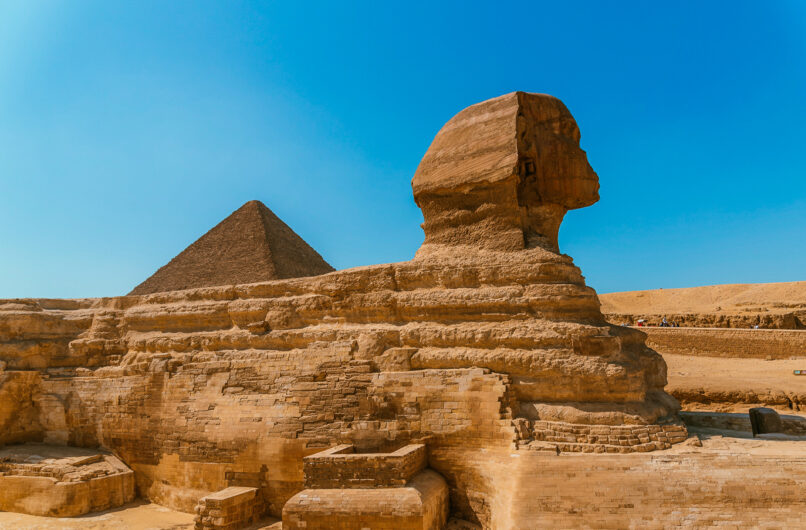
The Great Sphinx of Giza: A Symbol of Ancient Egypt
The Great Sphinx of Giza, located on the Giza plateau near Cairo, Egypt, is one of the most iconic and recognizable symbols of ancient Egypt. This magnificent statue, with the body of a lion and the head of a Pharaoh, has captivated historians, archaeologists, and visitors for centuries. It stands as a testament to the engineering marvels of ancient civilizations and continues to spark fascination with its mysterious origins. Shrouded in myths and theories, the Sphinx has long been a subject of study, inspiring countless interpretations of its purpose and significance. This blog post will delve into the history, construction, and cultural importance of the Great Sphinx, shedding light on one of the world’s most enigmatic monuments and its role in shaping our understanding of ancient Egypt.
History of the Great Sphinx of Giza
Construction of the Great Sphinx of Giza
The Great Sphinx of Giza is an impressive feat of ancient engineering. The statue measures 73 meters (240 feet) long and 20 meters (66 feet) high, carved from a single limestone block.
The statue depicts a mythical creature with a lion’s body and a human’s head. The face of the figure is believed to represent Pharaoh Khafre, the ruler who commissioned its construction.
Cultural Significance of the Great Sphinx of Giza
It is significant for its cultural and historical importance. It symbolizes ancient Egyptian culture and society, providing a unique glimpse into the history and culture of this great civilization.
The statue is also significant for its role in the region’s modern economy. It is a major tourist attraction, drawing visitors from all over the world to experience the region’s rich and diverse cultural heritage.
Visiting the Great Sphinx of Giza
The Great Sphinx of Giza is open to visitors and offers a unique and educational experience for anyone interested in history, culture, and archaeology. Visitors can explore the statue and its surrounding area, learning about the history and culture of ancient Egypt and gaining a deeper understanding of the role that the Great Sphinx of Giza played in developing this great civilization.
Visitors can also take guided tours of the site, typically visiting the nearby pyramids and other vital places in the Giza plateau.
Conclusion
The Great Sphinx of Giza is a symbol of ancient Egypt, providing visitors with a unique and fascinating glimpse into the history and culture of this great civilization. Its significance, both as a testament to ancient Egyptian engineering and a significant tourist attraction, makes it a must-visit destination for anyone interested in history, culture, and archaeology.
If you plan a trip to Egypt, include the Great Sphinx of Giza on your itinerary. It is a unique and unforgettable experience that will leave you with a newfound appreciation for the region’s rich and diverse cultural heritage.
- July 6, 2023
- 704
- Cairo Attractions
- 0 comment
